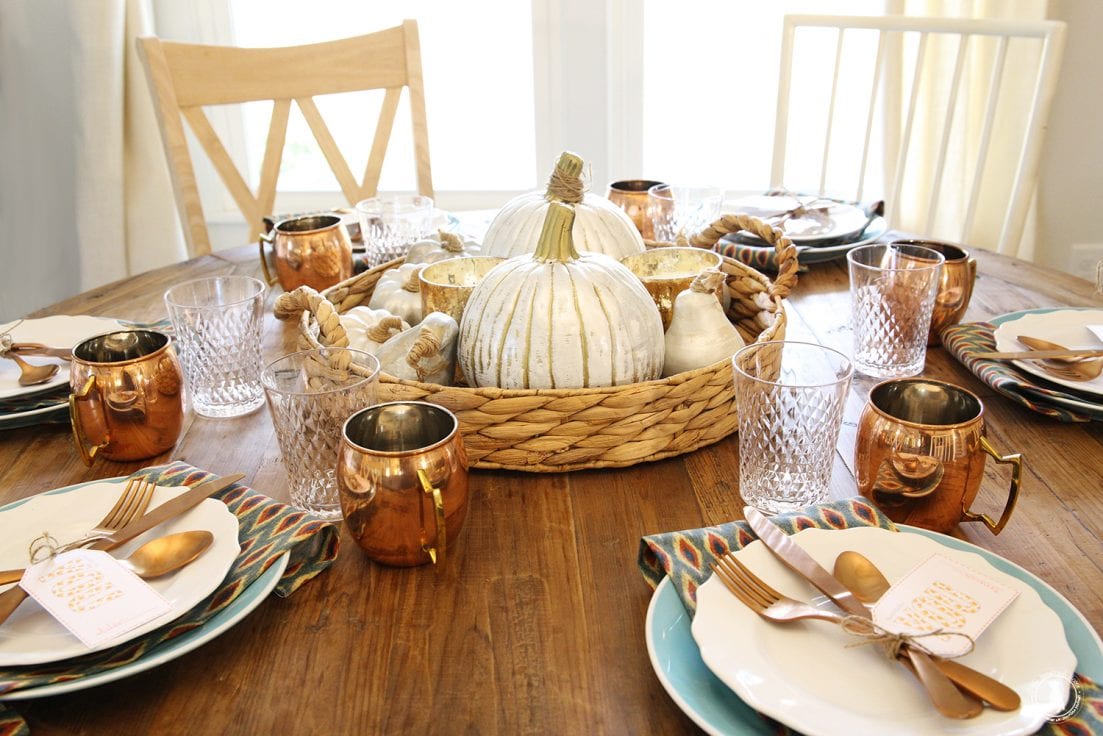The first thing I'll say is, if you've wanted to try heat transfer vinyl and been intimidated so keep putting it off because you think it's too complicated ....DON'T. Because that was me, I used it for the first time and was kicking myself saying "Why didn't I do this sooner?"
There's no logic behind why I thought that, just did. But I finally decided to go for it and it's a game changer. I decided to start with something simple: a pillow. I also decided to go w/ a design that didn't matter if I messed up the mirroring because I kept reading how key that is to using HTV.
Supplies:
- Fabric ( I used flannel which was very receptive to the vinyl)
- HTV ( I used Siser Easy Weed which really was easy)
- Fiberfill to stuff pillow
- Thread
- Image to transfer ( mine is from the Silhouette Online Store)
- Cutting machine ( I used my Cameo 3)
- Iron
- Pressing cloth
I'm not going to describe pillow construction. My sewing skills extend to four straight lines.
Lessons learned on HTV Vinyl:
- The front side goes down. When you put your vinyl on your cutting mat, you're cutting from the underside of the vinyl. It took me one attempt to figure this out. HTV comes with a clear plastic liner, its own transfer tape in a way which is the side you want to touch your cutting mat.
See how the matte side is "up"? That's what you want. The shiny side is what will go on your project and this is a shot during the weeding process. About that. I HATE WEEDING. If you're not a vinyl user, weeding is removing the parts of the vinyl you don't need to reveal the image. This stuff just pulled away so easily!
This is a (bad) picture of the front / shiny side that will go on your project. Once your project is weeded, it's already on the equivalent of the transfer tape so it's super easy to lay down on your material.
The heat process is more press than iron.
- When applying your iron, it's more of a press and pick up than slide your iron around. Press, hold, pick up, move to next session. Now, I did do some slight gliding but the main process is press and lift. This is why you'll see serious HTV people use a heat press which is like a vinyl panini maker.
Don't Make This Mistake!
- You will use a pressing cloth on top of the plastic carrier sheet when applying heat. This is good. What's not good is deciding to use said cloth directly on top of the vinyl when you're just trying to make extra sure that you've applied enough heat. This will result in the weave of your pressing cloth ( mine was a scrap of a flour sack towel) transferring to your vinyl. Now as it turned out this was OK w/ my project because the texture looked kinda cool but in general, if you don't want this, keep the plastic from the vinyl between the surface of your project and your pressing cloth!
Once my image was applied, I went about construction my pillow. And voila!
Some other tips:
- If you're using words or letters, you will need to "mirror" (flip) your project before you cut it or your letters will be backwards when you apply. I chose this image because it didn't matter if I messed that up since it was the same either way. As it turned out, the Cameo 3 asks you if you want to do this because you will have selected the HTV material in your cut settings.
- If you're not using a full sheet of vinyl, you need to pay attention to which side of the mat you put your vinyl on, again because of the mirroring. So if you place a smaller than 12x12 piece on your mat on the left side, choose mirror, the Cameo at any rate will actually cut from the right side of your mat so put your vinyl on the right side of the mat!
I'm happy with my first attempt and have a new addition to my Thanksgiving decor.
 |
Fall Mantel
 |
 |
| Side Table. Found these pumpkin signs last year 90% off after Halloween. Painted and applied glitter vinyl. Turkeys were 75% off at JoAnn one year. Painted w/ glitter paint. |
 |
Marc Roberts Harvest Fairy. I have a collection of Christmas fairies but found this Fall themed one on sale one year.

|








































